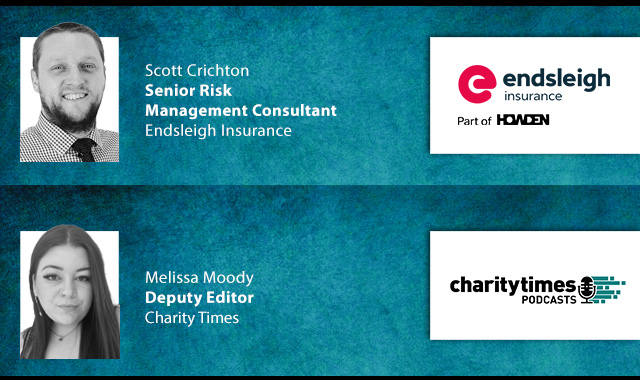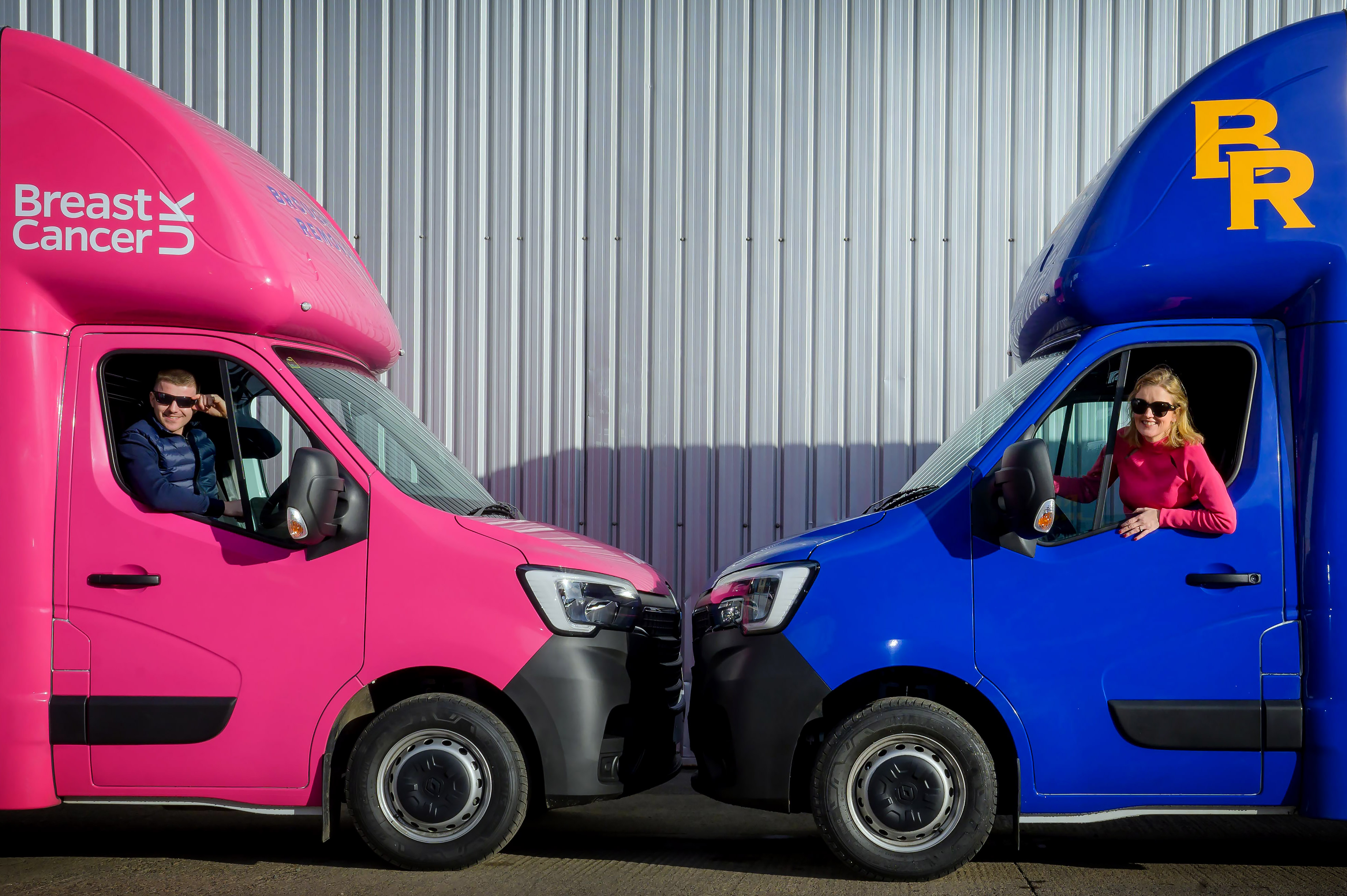Any successful non-profit organisation is built on a foundation of good relationships. You need to find the people who connect with your cause and get to know them. But as you succeed in this, your relationships will grow more sophisticated, and there will be many more of them. It doesn’t take long before you’re managing a complex, interconnected web of data. In order to deal with this, after a certain point every charity takes the decision to invest in a Constituent Relationship Management (CRM) tech solution to allow them to make sense of this complexity and drive growth using the data.
Investing in the right technology is a critical decision for charities and is inevitably a big business change for the organisation. With over ten years’ experience working in the charity sector, Blackbaud’s Fiona Watts shares her insight into the process of choosing a new CRM solution.
Why do non-profit organisations decide to invest in CRM technology?
Watts: Typically, for larger organisations, it is simply down to the challenges they are facing with their current CRM technology. For the smaller organisations, it is nearly always due to growth they are experiencing. While that is a fantastic thing, it becomes difficult to manage without a relationship management solution to help them track their connections and communicate effectively with their supporters.
We often hear the phrase “a database is only as good as the data you put into it”, but times have changed in the world of tech in recent years. Whilst data is the vitally important backbone of the system, there is more to it than just having good data. There are systems that can now offer you more intuitive, web enabled, fully connected solutions that will provide your supporters, fundraisers, and wider community with a more engaging, multi-channel, responsive experience, whilst providing you, the charity, with a more efficient solution.
When an organisation decides to go ahead with this investment, how long does the whole process usually take?
Watts: The timing will vary greatly depending on a few factors such as how many teams or departments the CRM solution will touch, or how the procurement process will work. It’s a real sliding scale. For more agile organisations, it can take as little as 2 weeks, from initial enquiry to agreement, and for others, it can take as long as 6 – 12 months.
We will always recommend that an organisation fully understands its internal procurement process as early on in the process as possible. It is often more complicated than you may initially believe, and it can really set back your ideal timelines if this is not fully understood. For some organisations, they will need to involve their legal, IT, and procurement teams, whereas for others, it will be presented and agreed at the next board meeting. For some, it may just be a department level decision.
If the supplier you are working with is well established in the non-profit sector, then they should be able to advise on what your particular process may entail, and help navigate you through it.
What’s the first thing you should do if you’ve been given this project to run for your charity?
Watts: We talk about this in our recently published guide to selecting a CRM solution; one of the most important factors in the eventual success of a new CRM system is in choosing your project team. It’s really important to make sure the right people are involved, are on board, and feel invested in the process. Afterall, a CRM solution is the technological representation of your day-to-day work, and so user-adoption will be the most important factor in ensuring you are truly getting the value out of your investment. Having that team on board from the outset will really help. It’s really important to select the right voices, that will represent the strategic priorities of the organisation, and not to get pulled in multiple directions as you will need to be clear with your supplier on exactly what your priorities are.
What are your tips for getting the board of trustees on-side for this investment?
Watts: This is a really interesting question, as it will vary greatly from organisation to organisation – each board will consist of different personalities and priorities. Some charities may not be required to take this to a board meeting at all, but, in the majority of cases, there will need to be some form of board approval to take the project forwards. Wherever possible, we’ve seen the most successful projects start where the charity has been through a ROI (Return on Investment) exercise. This effectively means understanding where improvements can be made that will have a measurable impact, such as the time you will save on accessing vital analytics, or even the reduction you may see in overall costs due to moving to the cloud; or perhaps the increased income you may see as a result of having a more relationship-centric system. There are many ways ROI can be measured, and it doesn’t always have to be complicated.
We would recommend speaking with your supplier to help shape an ROI proposal, that reflects both your organisational specific needs/ goals, alongside the capabilities the new system will deliver.
How should you get your colleagues involved in the process?
Watts: Once you have identified key individuals that you feel would be great contributors to the project, we would recommend taking them on that journey with you in terms of understanding the bigger picture and problems that this will resolve. In our CRM guide, we also talk about how enthusiasm will play a part. And don’t forget, this will also be a great career opportunity for whoever is involved!
What one thing do you think is the most important part of the whole process?
Watts: The most important part of this whole process would be to ensure you are not just replicating a historic set of processes in a new solution. This new project presents you with an opportunity to engage with your supplier to hear their advice on streamlining, enhancing, and vastly improving on the way you currently work, which in turn will contribute towards your growth.
How should you decide which suppliers to contact?
Watts: One great way to figure this out is to speak with other similar organisations to yourselves to find out what they use and what their experience is of working with their supplier. Remember that software is only part of the picture, and that it’s also extremely important to understand the partnership approach a supplier will take on getting you ‘live’ on the software, as well as providing you with a support/ success mechanism to help you on an ongoing basis once you are up and running.
This article is sponsored by Blackbaud. For more information and helpful tips on the process, download the free guide ‘How to Choose a Fundraising CRM Solution’ here.
Latest News
-
Government ‘slow to tweak’ consumer law to protect charities, MP warns
-
2025: The long-reads
-
City of Culture charity to be supported for further two years
-
Friday funding roundup - 19 December
-
King visits charity founder days before she dies to invest her as a Dame
-
2025: Most-read opinion, diaries, Q&As and more
Charity Times video Q&A: In conversation with Hilda Hayo, CEO of Dementia UK
Charity Times editor, Lauren Weymouth, is joined by Dementia UK CEO, Hilda Hayo to discuss why the charity receives such high workplace satisfaction results, what a positive working culture looks like and the importance of lived experience among staff. The pair talk about challenges facing the charity, the impact felt by the pandemic and how it's striving to overcome obstacles and continue to be a highly impactful organisation for anybody affected by dementia.
Charity Times Awards 2023
Mitigating risk and reducing claims

The cost-of-living crisis is impacting charities in a number of ways, including the risks they take. Endsleigh Insurance’s* senior risk management consultant Scott Crichton joins Charity Times to discuss the ramifications of prioritising certain types of risk over others, the financial implications risk can have if not managed properly, and tips for charities to help manage those risks.
* Coming soon… Howden, the new name for Endsleigh.
* Coming soon… Howden, the new name for Endsleigh.
Better Society

© 2021 Perspective Publishing Privacy & Cookies










Recent Stories